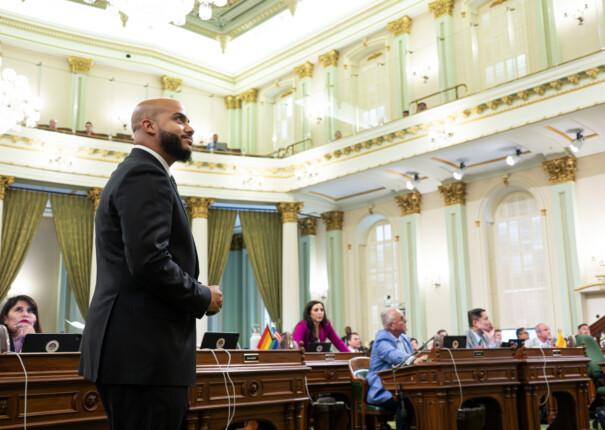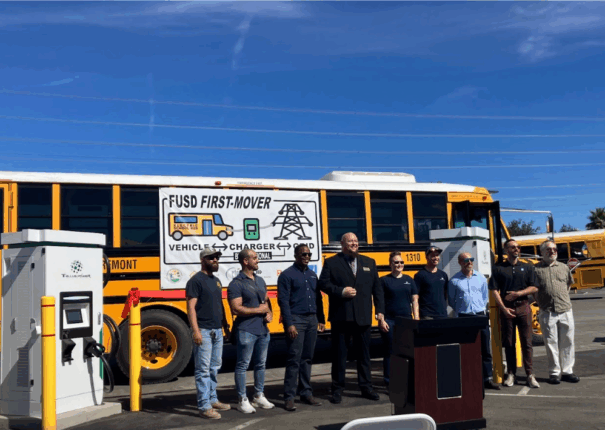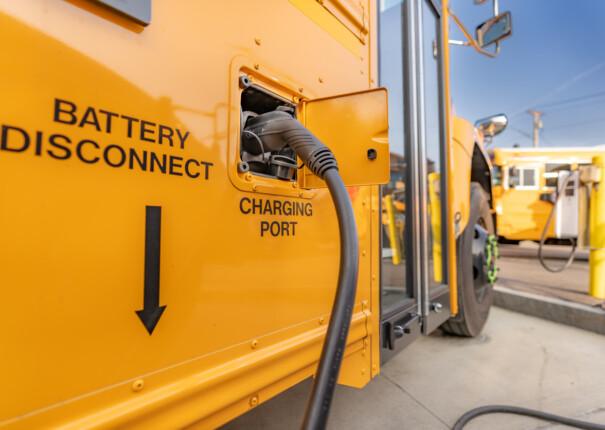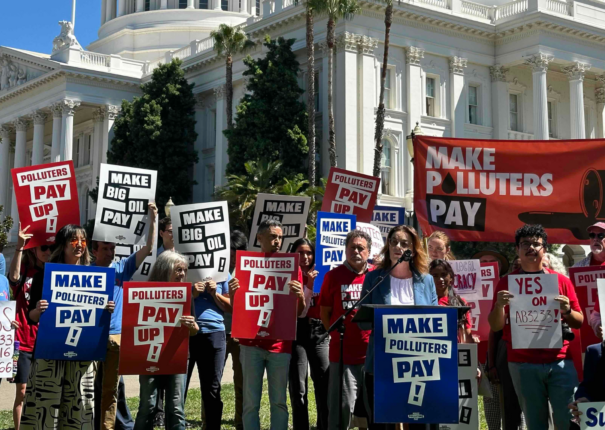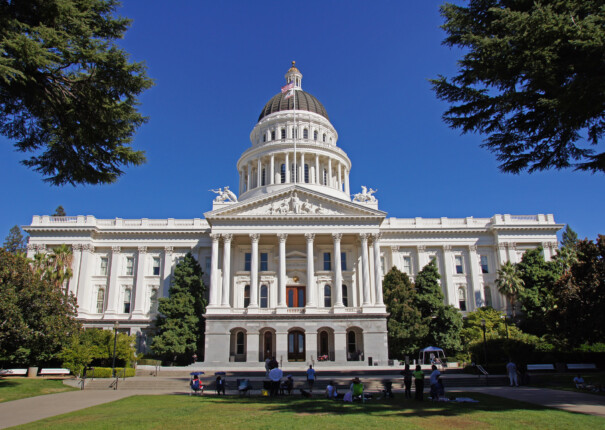The Best Ideas from COP30, the UN Climate Summit in Brazil

This year, the United Nations climate summit — COP30 — took place in Belém, Brazil. This is The Climate Center’s fifth year as an official observer organization at the Conference of the Parties (COP). The event provided a unique platform to glean ideas from around the world and showcase California’s continued commitment to climate action … Read more
